BY ALESSANDRA REDAELLI (2015)Unbearable lightness
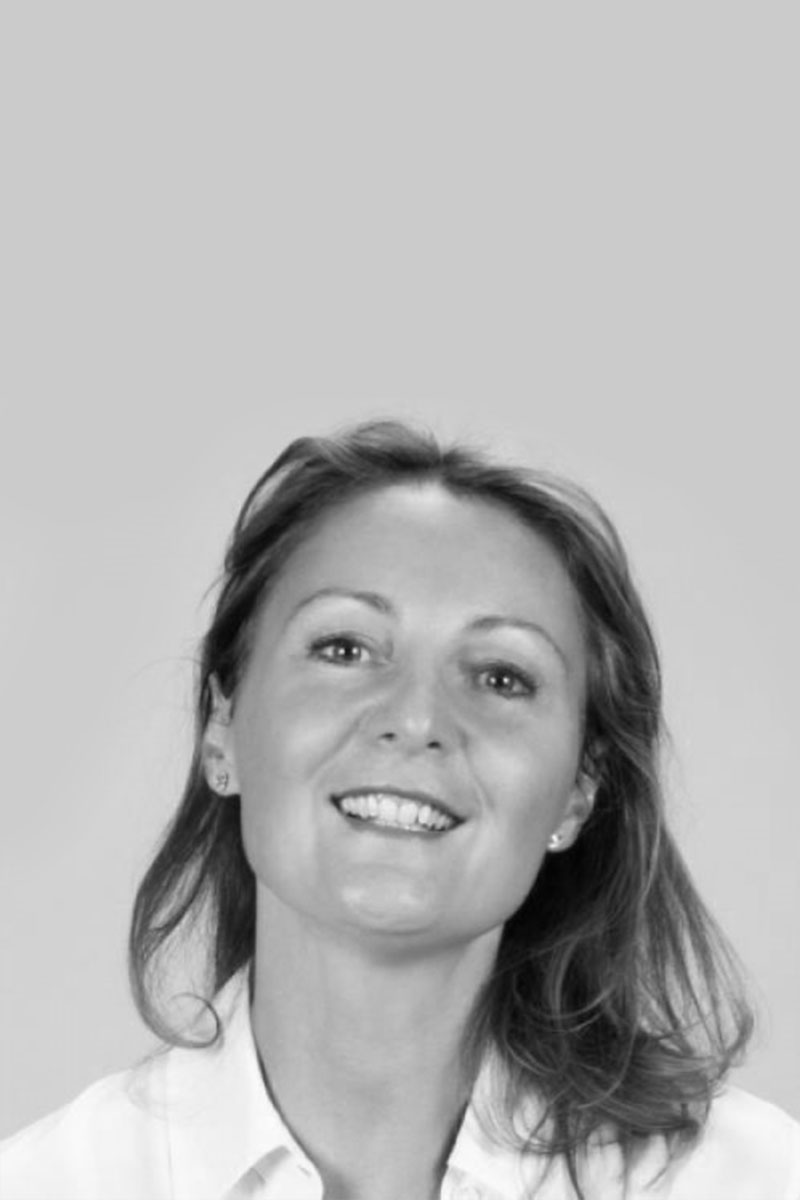
“If someone were to ask me to define the magic of Annalù in a single word, I think I would use “short-circuit”.”
“The more transparent the writing, the more visible the poetry”
García Márquez, Of Love and Other Demons, 1994
The first time I saw the works of Annalù first-hand, I found myself in an aquatic environment. The suffused lights multiplied on the liquid surface, trembling slightly, and the tiny tiles on the bottom of the pool reflected the dance – a slow, only just perceptible dance – of those soft and fluctuating silhouettes. It was the Meduse [Jellyfish] period.
There, the fibreglass was hidden by the delicate fabric of the petticoats and those impossible, immense, beautiful, living animals created a sense of enchantment in the environment. A feeling of amazed fascination stayed with me for hours. What had struck me immediately, from the first glance, was the sense of “powerful lightness” emanated by the works. A weighty, all-encompassing, yet whispered presence.
If someone were to ask me to define the magic of Annalù in a single word, I think I would use “short-circuit”. The mental short-circuit that is immediately triggered when one grasps the oxymoron behind all of her poetry. The sense of that powerful, assertive lightness; the whisper of the matter which, while continuing to be a murmur is, nevertheless, inescapable; the sensation of live, vivid, breathing nature, tinged with the obvious flattery of artifice, the impossible, the creature that can exist, but only in dreams; the sense of something instantaneous, immediate and fleeting, so admirably frozen in an eternal present; the sculpture takes on three dimensions, conquering space while being – deny it if you can – absolutely, incontrovertibly fluid.
One of the keys to this miracle of equilibrium lies in the material she works with. Discovered with joy, mastered with endless patience, on a daring journey of victories and defeats, conquered, loved and hated, revealed in all its possibilities, tamed – perhaps – but never completely, fibreglass has given Annalù the tangible and physical sense of a desire that has always lodged inside her head and heart, possibly even before she was born. Possibly even before her father was born.
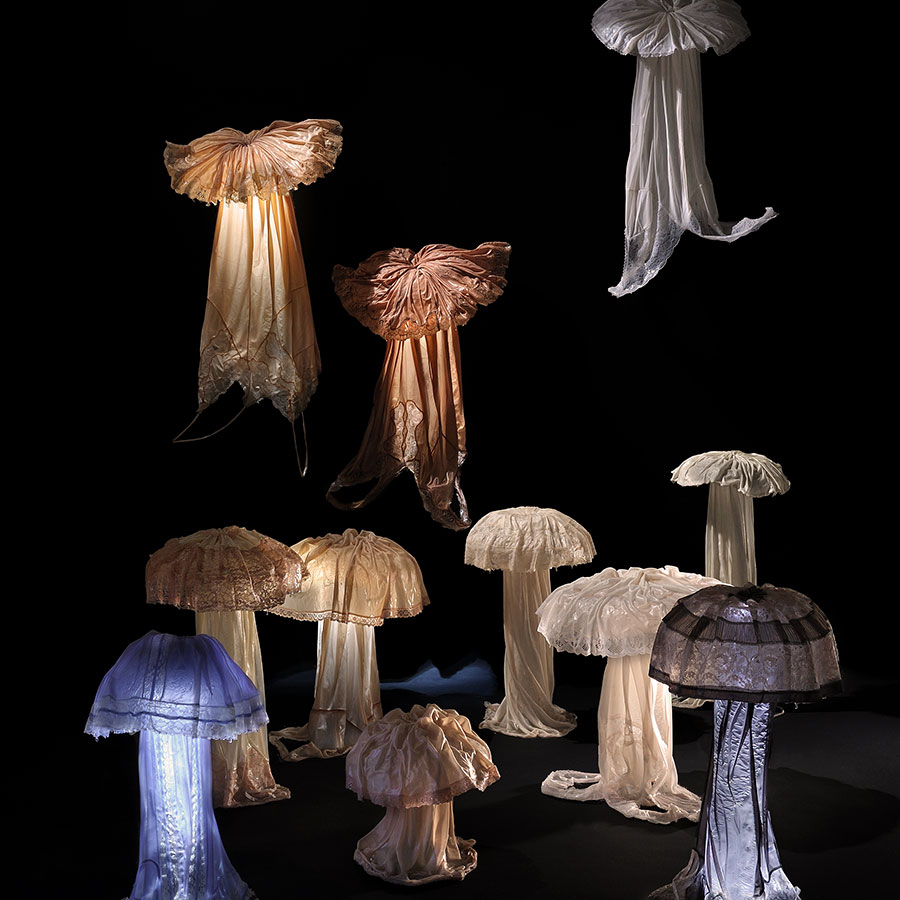
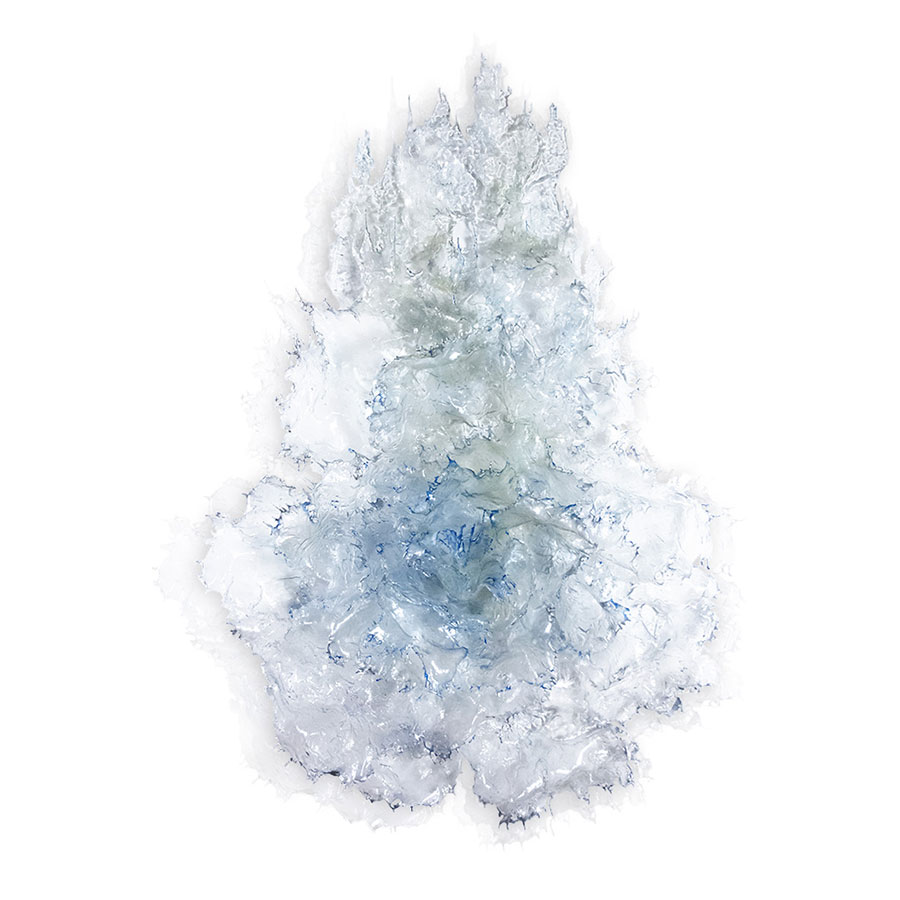
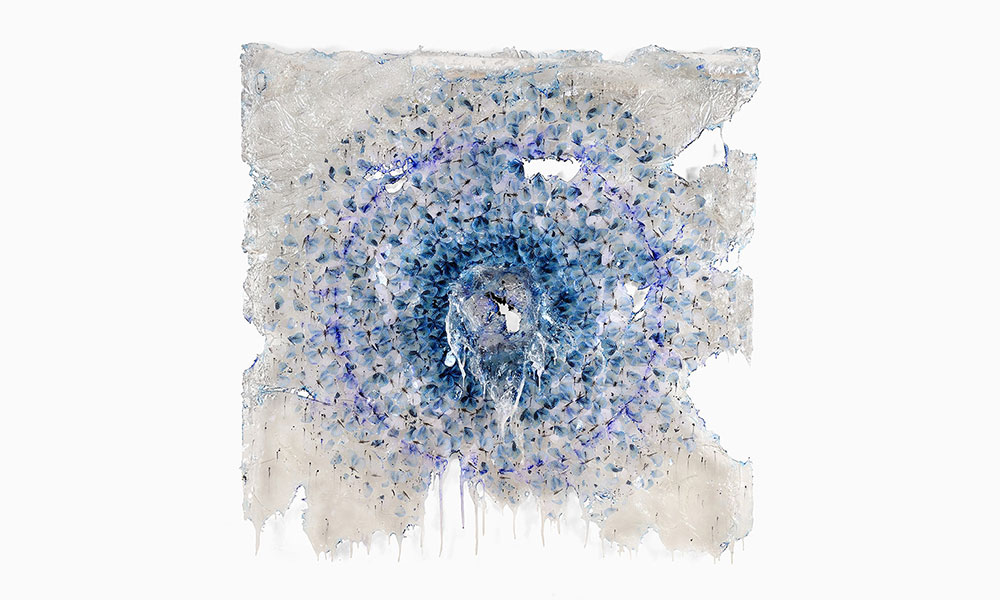
Water had been her alchemical element ever since then, when her grandmother – a sturdy and tenacious young woman – ferried travellers from one bank to the other of the River Piave in Passarella. Just a stone’s throw from San Donà di Piave and not much further from Venice. Water everywhere, water like a blessing and like a curse, water miraculously solidified into the first material that comes to mind when we think of Venice: glass. So the world of Annalù is transparent. Inside Annalù and before Annalù. Fibreglass and the magic of moulding it into unique, vibrant, highly mobile yet immobile forms. Annalù meets it and identifies with it. Solidified transparency. The sense of a tender fragility made eternal in a material which is actually anything but fragile. Because Annalù arms her fibreglass with glass wool (and the verb “arms” says it all really, doesn’t it?). But the sensation remains the same. The spell is cast. What she would like to give the world, indeed – and she says this with those eyes that seem to laugh all the time, even when she is being serious – is a sense of freshness, of immediacy. The perfect instant of a drop that explodes into splashes in the air.
An immediacy as arduous as a battle.
Protecting her face with a carbon-active filter mask, her hands covered with double rubber gloves, Annalù tackles fibreglass like a warrior, because that material that looks so enchanting and pretty can be a fierce enemy during the crafting process. She heats it, moulds it, strokes it, shapes it, draws it, drips it, courts it, cajoles it and charms it, allowing herself to be charmed in return. A tiring, exhausting task characterised by trial and error, sometimes frustrating even, but when thoughts become reality, occasionally a reality that is even better than the original thoughts, the sensation is one of those that make your heart race. Fifty pieces, fifty battles, fifty moments when she wondered if she was ever going to make it. Fifty petals. That is what lies behind Peonia [Peony], as light as a fantasy, as welcoming as a woman’s embrace. It isn’t a peony: it’s the peony’s soul. (As you behold its impressive splendour, you can be forgiven for thinking that it is the great goddess, mother of all peonies).
And it is nature’s soul – soul in the sense of breath – that Annalù gives us. The soul of a flower or of a tree, the soul of a butterfly or a soul made up of butterflies, a vibrant swarm of thoughts ready to take flight, miraculous fruit of a metamorphosis which still leaves us stunned and breathless at its beauty. Because Annalù’s nature is not a story told in pictures, but more of a story told by allusions, by sensations that touch the heart before passing through perception, reaching the originally intended organs only later, on the rebound.
If you look back at her journey, you can’t help but be struck by the implacable coherence behind it. From the days of her ink drawings and paintings. Thirsty for transparency, greedy for lightness, even when painting, she did so by subtraction.
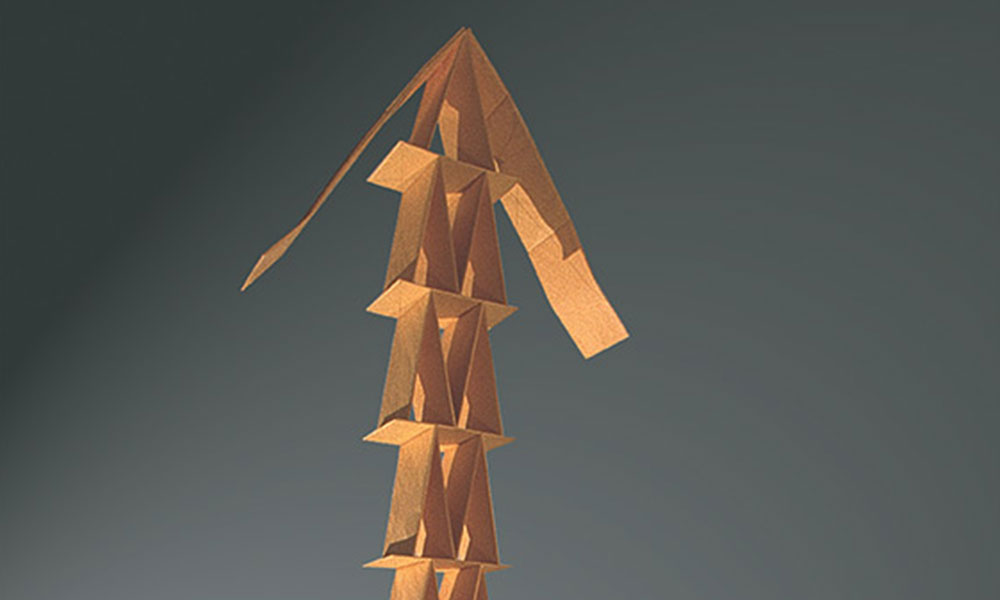
Removing, eliminating, liberating, tearing away the excess in search of the essence. And then there is that emblematic work, that Autoritratto [Self-portrait] dated 2001, which encompasses all of today’s Annalù, even without the transparencies, droplets, petals and dripping. The self-portrait is a human figure balanced on a tightrope. You can tell it’s a man at first glance, although the form is little more than a vertical structure, an arrow. He stands only by some miracle of balance, but he manages. And his entire being is made up of paper envelopes. Yes, envelopes. Those things we used to use, years and years ago, to send letters. Love letters, greetings and stories, about friendship, about life. A man made up of light messages, in a precarious position, yet stubbornly attached to his unstable equilibrium, proud and happy, it is plain to see.
Then came the more complex installations, already scented with the fragrance of what the future would bring. Biancaneve [Snow White] (2003) is a real tree, stripped of its foliage and hung with leaves trapped inside fibreglass. Nature and artifice bounce off one another. And then came the ligneous matter, the driftwood of the river by which she spends hours (in the stilt-house that used to belong to her grandmother), full of life and memories, that will keep on returning, collected lovingly and trapped inside fibreglass while still wet, to preserve that throbbing of life forever. Feathers and butterflies began to appear then, like a recurrent motif. Swarms of butterflies flutter from feet made of bitumen and ceramic (or cement and resin), returning a few years later in a transparent version, in works emblematic of her evolution. Like Un salto nel blu [A leap into the blue], where the foot, sinking into a puddle of water, becomes part of it, pervaded by that elusive, liquid consistency. Meduse, Isole [Islands], Codex and Mandala, the archaic mathematical games at the basis of the shells in works like Liquida or Panopticon, are the natural continuation of a story by allusions which become more and more precious and ineffable. Then comes Libri [Books], possibly Annalù’s most subtly conceptual series. Here we reach a perfect yonder, where thought, after becoming words and pages, springs up from them in the form of pure emotion. Hence the page becomes liquid, disruptive strength, a rising wave that wraps around and overwhelms everything. The immortality of the moment becomes emblematic in a work like Selene, where the cover seems no longer to have the strength to restrain the power released by the idea that bursts in liquid form all around. Or in a work like Sestante, where resin becomes a container for soft scrolls from which butterflies – again – in warm shades of amber escape.
If sometimes an abstract temptation seems to prevail, as in Codex or Mandala, close-up vision never fails to offer us the surprise of petals, of swarms and of transparent wings. And when we look even closer at these wings, when we concentrate on the detail, we can see the light ramifications of the veins that run through them, the warm throbbing of life. Like that which runs, in the form of lymph, along the secret paths of the petals and leaves.
And so we discover, once again, that the gentle Annalù, the light, floral Annalù, has prepared another spell. Lightness is, in actual fact, the breath of warm, living bodies. We aren’t talking of spellbound flowers, but of flesh and blood. In this new show, more than ever before. The large Peonie, the majestic Orchidee [Orchids] have vibrant, whispering petals, traversed by a swarming underground world, the full essence of which we will never be able to grasp, while being certain to smell the perfume; they emanate a sensual attraction, seducing us to capture us in a warm embrace. While in the dark places of Isole, under mysterious branches made up of volatile matter, among the rugged hiding places in the bark, unfathomable microcosms nestle, where tiny life forms are born, developing, loving, dying and then finally decomposing, becoming another life. In the eternal instant. Forever.
